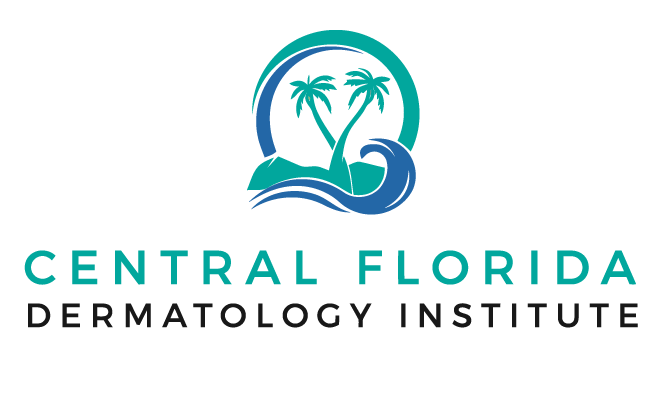At Central Florida Dermatology Institute, we diagnose and treat a variety of common skin conditions. We provide our dermatology services to patients of all ages. Our services include medical, surgical and cosmetic dermatology with an emphasis on skin cancer diagnosis and treatment. Dermatology conditions treated include the following:
Skin Cancer
Skin cancers are by far the most common type of cancer worldwide. In the United States alone, over 3 million people are diagnosed with skin cancer each year. There are many different types of skin cancer, but the three types that account for the vast majority of cases are basal cell carcinoma (BCC), squamous cell carcinoma (SCC) and melanoma.
Acne
Acne is a very common condition that affects nearly everyone at some point in their lives. Acne can present as small skin color bumps, red inflamed bumps, “whiteheads”, or painful cysts beneath the skin. Patients can be classified as having mild, moderate or severe acne.
